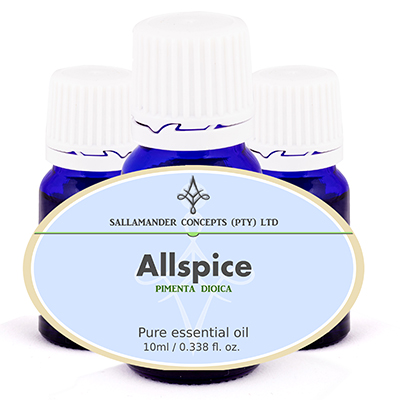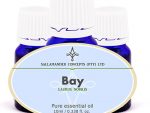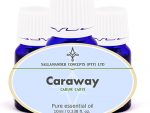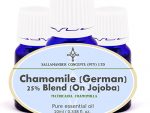Allspice / Pimento Essential Oil Information
Our allspice essential oil is extracted from Pimenta dioica (also known as Pimenta officinalis), of the Myrtaceae family. Common names include Pimento oil, Jamaica pepper and Pimenta.
Although Allspice / Pimento oil is not one of the most popular oils in aromatherapy (due to the fact that oil extracted from the berry is considered highly hazardous, and oil extracted from the leaf as potentially hazardous), it does offer a good range of therapeutic properties, and is a very nice “warming” oil – especially useful in rheumatism, chest complaints, and when used to combat stress and depression.
Allspice leaf essential oil is reported to be beneficial – if used with care and caution (refer to Suggested Dilution Rates below).
Properties of Allspice or Pimento essential oil
This essential oil can be extracted from the leaves or the fruit.
We sell the oil that is extracted from the leaf. This is yellow-brown in color and has a smell similar to cloves.
The oil that is made from the fruit is pale yellow in color and has a fresh, warm and spicy smell.
Origin of Allspice or Pimento essential oil
This evergreen tree is indigenous to the West Indies and South America and reaches about 10 meters in height. It begins to produce fruit in its third year, with each fruit containing two kidney-shaped green seeds, which turn glossy black when ripe.
Allspice is also called pimento because it tastes like a combination of cloves, juniper berries, cinnamon and pepper. Allspice Essential Oil (from both the leaf and the fruit) is extracted by steam distillation.
An oleoresin from the berries is also produced in small quantities.
Extraction
Extracted (from both the leaf and the fruit) by steam distillation. An oleoresin from the berries is also produced in small quantities.
Chemical composition of Allspice or Pimento essential oil
The main chemical components of allspice oil are eugenol, menthyl, cineol, phellandrene, and caryophyllene.
Precautions
Allspice Oil should only be used in low dilutions as it is found to irritate mucus membranes and to cause dermal irritation.
This oil should not be used by or on young children, pregnant woman or nursing mothers.
Please read our page with heading: Safety with Essential Oils before using this oil.
We recommend the following book as an excellent resource regarding safety:
Essential Oil Safety: A Guide for Health Care Professionals by Robert Tisserand & Rodney Young (#ad)
Therapeutic properties
The therapeutic properties of this oil are anesthetic, analgesic, antioxidant, antiseptic, carminative, muscle relaxant, rubefacient, stimulant and tonic.
Uses of Allspice or Pimento essential oil
Allspice oil is said to be helpful for the digestive system: for cramp, flatulence, indigestion and nausea.
It can help in cases of depression, nervous exhaustion, tension, neuralgia and stress.
Suggested dilution rates
On unbroken skin
3 to 24 Months 2 – 6 Years 7 – 15 Years 1 5+ Pregnancy
Allspice/Pimento Berry: Do NOT Use Do NOT Use Do NOT Use 0.1% Do NOT Use
Allspice/Pimento Leaf: Do NOT Use 0.25% 0.5% 0.5% Do NOT Use
General:
- When using an essential oil for the first time – Always use a low dilution rate and build up slowly to the maximum. Stop using all essential oils if irritation or allergy occurs. Wash the area with mild soap and water and rinse well. Consult a registered medical doctor should symptoms persist.
- The percentages reflected above represent the maximum suggested dilution rate for topical (on the skin) application.
- IMPORTANT: Please read our page ‘Safety with Essential Oils‘ before use.
Burners and vaporizers:
When a bout of the blues strike, a couple of drops (4 to 8 drops) in a burner or vaporizer can help to lift the depression and to ease stress.
Blending Allspice or Pimento essential oil
Although most essential oils blend well together, Allspice / Pimento essential oil blends well with ginger, geranium, lavender, orange, patchouli and ylang-ylang.





